ឈ្មោះវិទ្យាសាស្ត្រ Grus antigone វាមានសម្បុរប្រផេះចំពុះវែង, ក្បាលក្រហម, កវែង, ក្បាលត្រងោលជើងវែង, ខ្ពស់ជង្រ្គោងៗ និងមានសម្រែកឮខ្លាំង។ ក្រៀល មានទំហំខ្លួនចាប់ពី ១៥២ ទៅ ១៥៦ ស.ម មានទម្ងន់ ៥,៩គីឡូក្រាម។ វាចូលចិត្តរស់នៅតំបន់ទំនាបលិចទឹក វាលស្រែ តាមតំបន់វាលស្មៅក្នុងព្រៃរបោះដែលមានសំណើម។ នៅរដូវប្រាំងវារកស៊ីជាហ្វូងឯ រដូវវស្សាវាបន្តពូជតែឯកឯង។ វាស៊ីសត្វល្អិត (ជាពិសេសកណ្តូប), រុក្ខជាតិទឹក, ត្រី, កង្កែប និងគ្រាប់ធញ្ញជាតិ។ នៅប្រទេសកម្ពុជាយើងក្រៀលមានវត្តមាននៅភាគខាងជើងបឹងទន្លេសាប ជាពិសេសខេត្តបន្ទាយមានជ័យ និងតាកែវ ហើយរដូវបន្តពូជរបស់វាចាប់ផ្តើមពីខែមីនា ដល់ខែតុលា ហើយមានពងចំនួនពី១ ទៅ៣គ្រាប់ក្នុងក្រៀលញីមួយក្បាល។ សត្វក្រៀលត្រូវរងការយាយីប្រមាញ់ ធ្វើឲ្យសត្វកម្រមួយនេះចង់ផុតពូជ។ យ៉ាងណាពេលនេះគម្រោង Usaid ព្រៃឡង់កំពុងរួមគ្នាការពារសត្វក្រៀល។
The Sarus Crane (Grus antigone) is a large bird with a grey body, a long neck, red head, pointed beak, and long legs. It stands tall and has a loud, echoing call that can be heard from far away.
Sarus Cranes grow to a height of about 152 to 156 cm and weigh around 5.9 kilograms. They prefer to live in wetlands, flooded plains, rice fields, and moist grasslands.
During the dry season, they usually gather in small groups to feed. In the rainy season, they separate to breed in pairs. Their diet includes insects (especially grasshoppers), water plants, fish, frogs, and grains.
In Cambodia, Sarus Cranes are found around the northern part of Tonle Sap Lake, especially in provinces like Banteay Meanchey and Takeo. Their breeding season lasts from March to October. Each female usually lays between 1 to 3 eggs.
Sadly, this rare bird is under threat due to hunting and habitat loss. However, efforts are being made to protect the Sarus Crane. The USAID Prey Lang project is currently working to support its conservation.
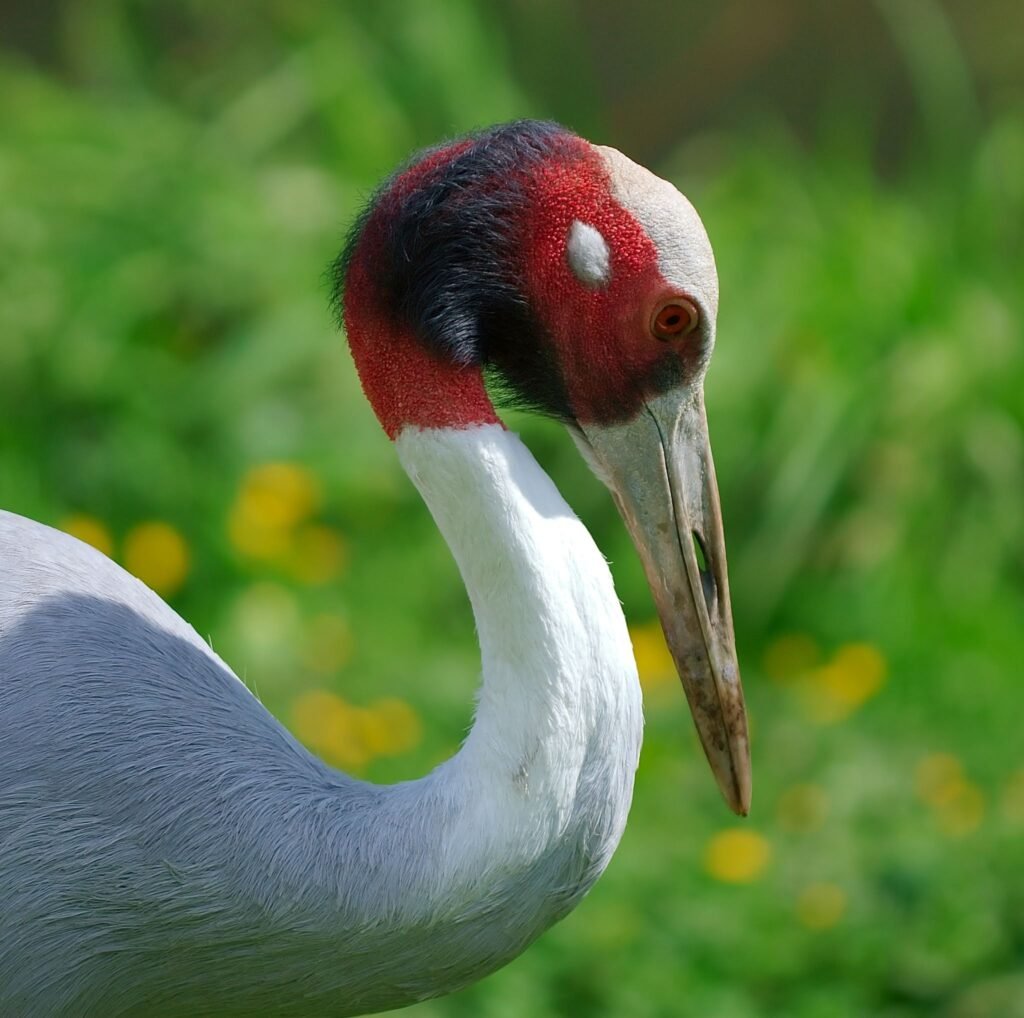
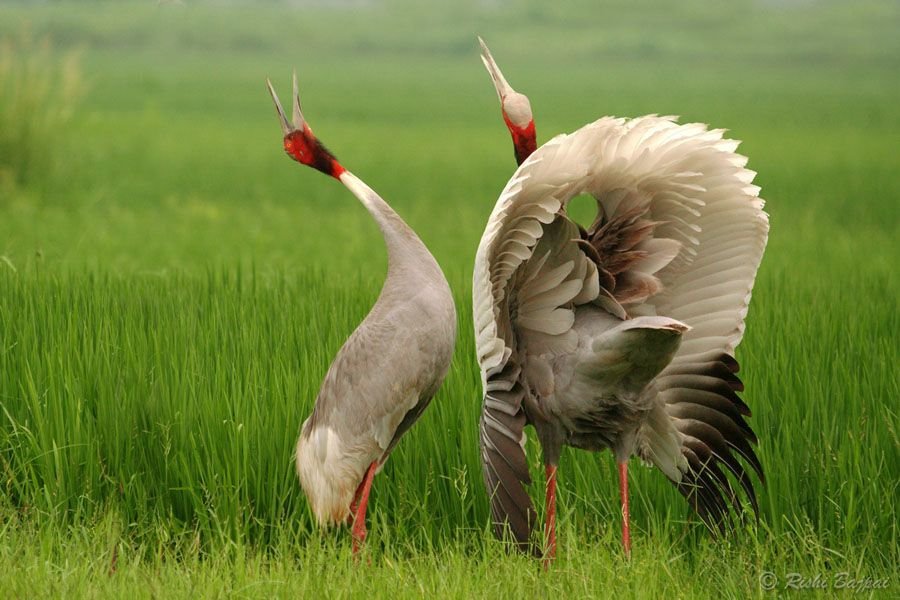
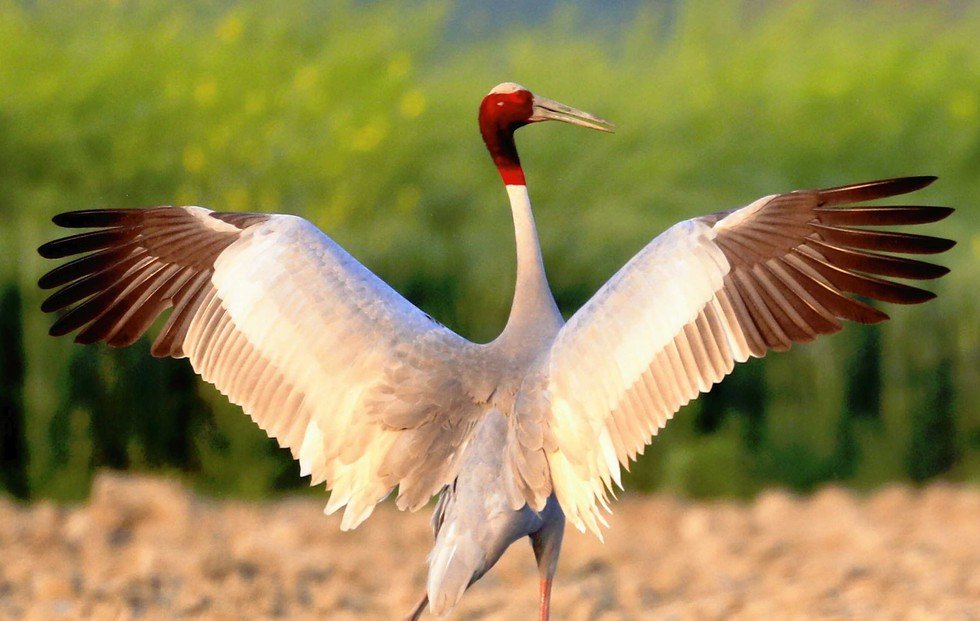
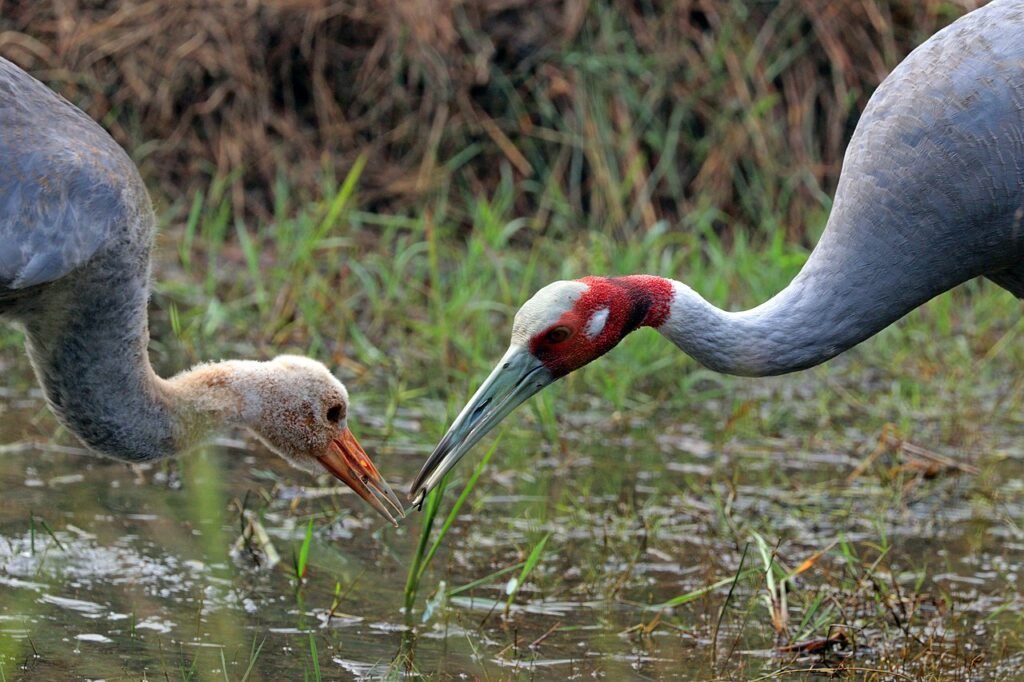
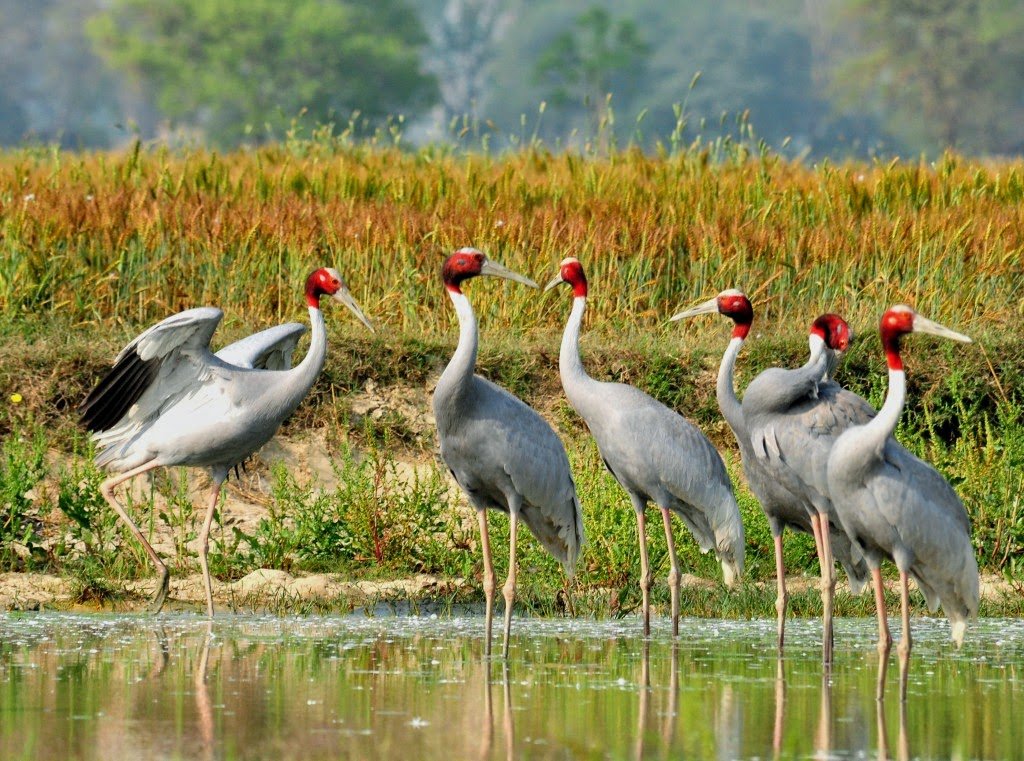
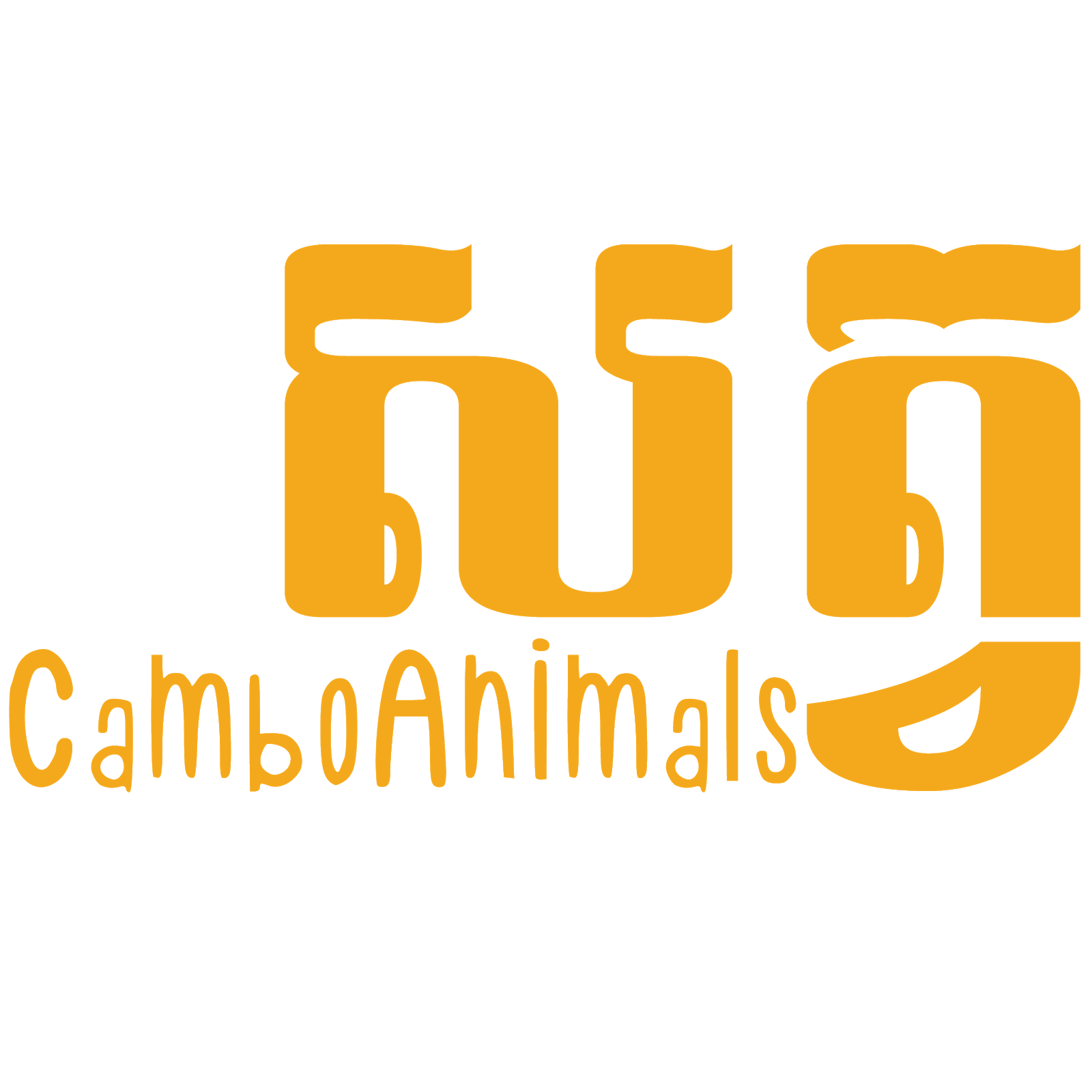
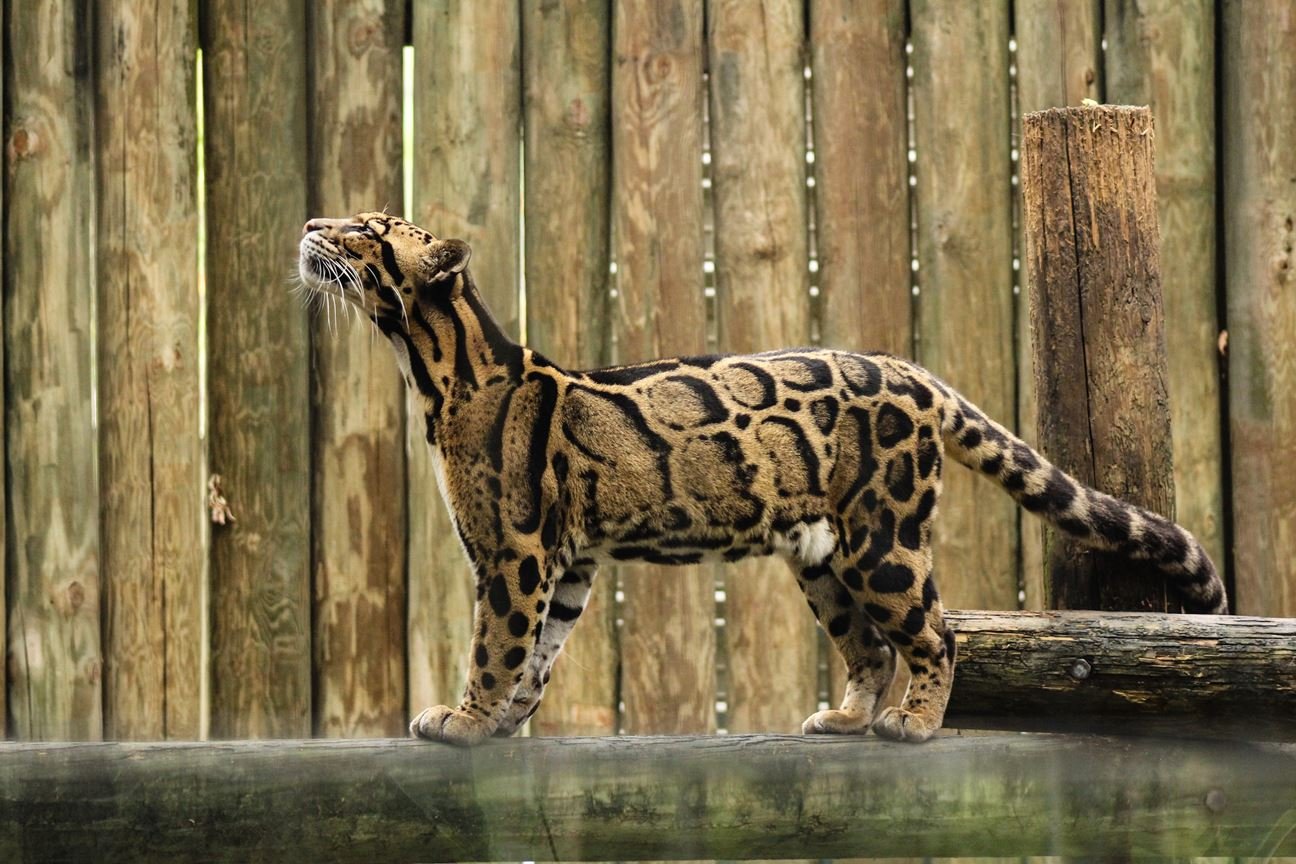


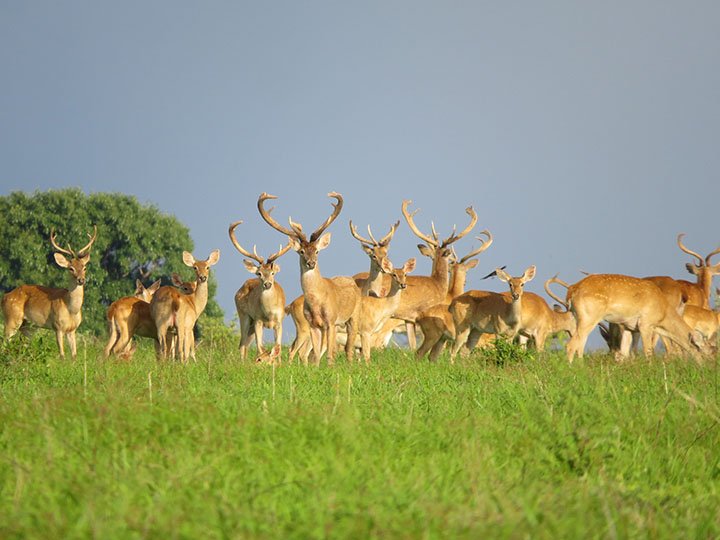

Leave a Reply